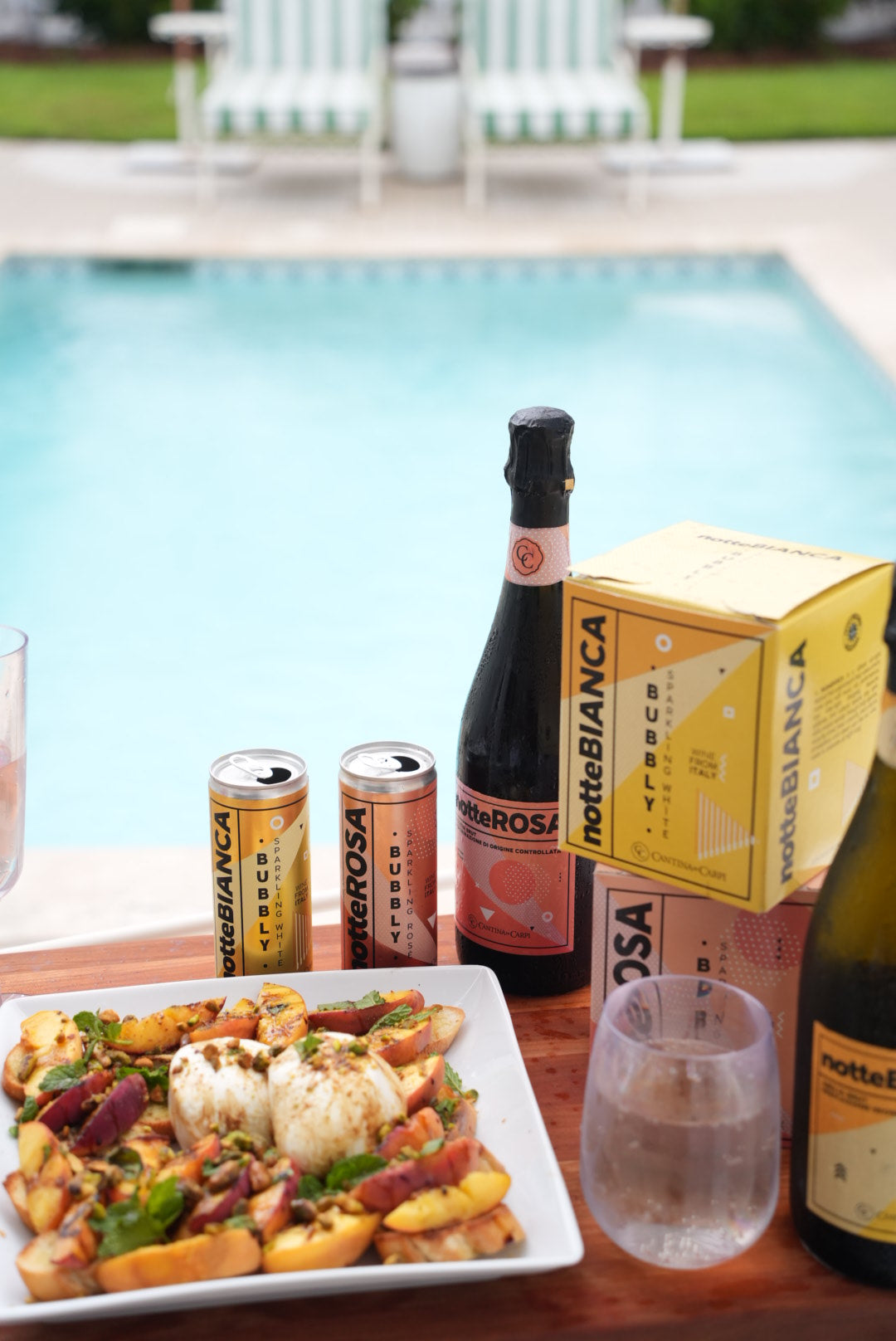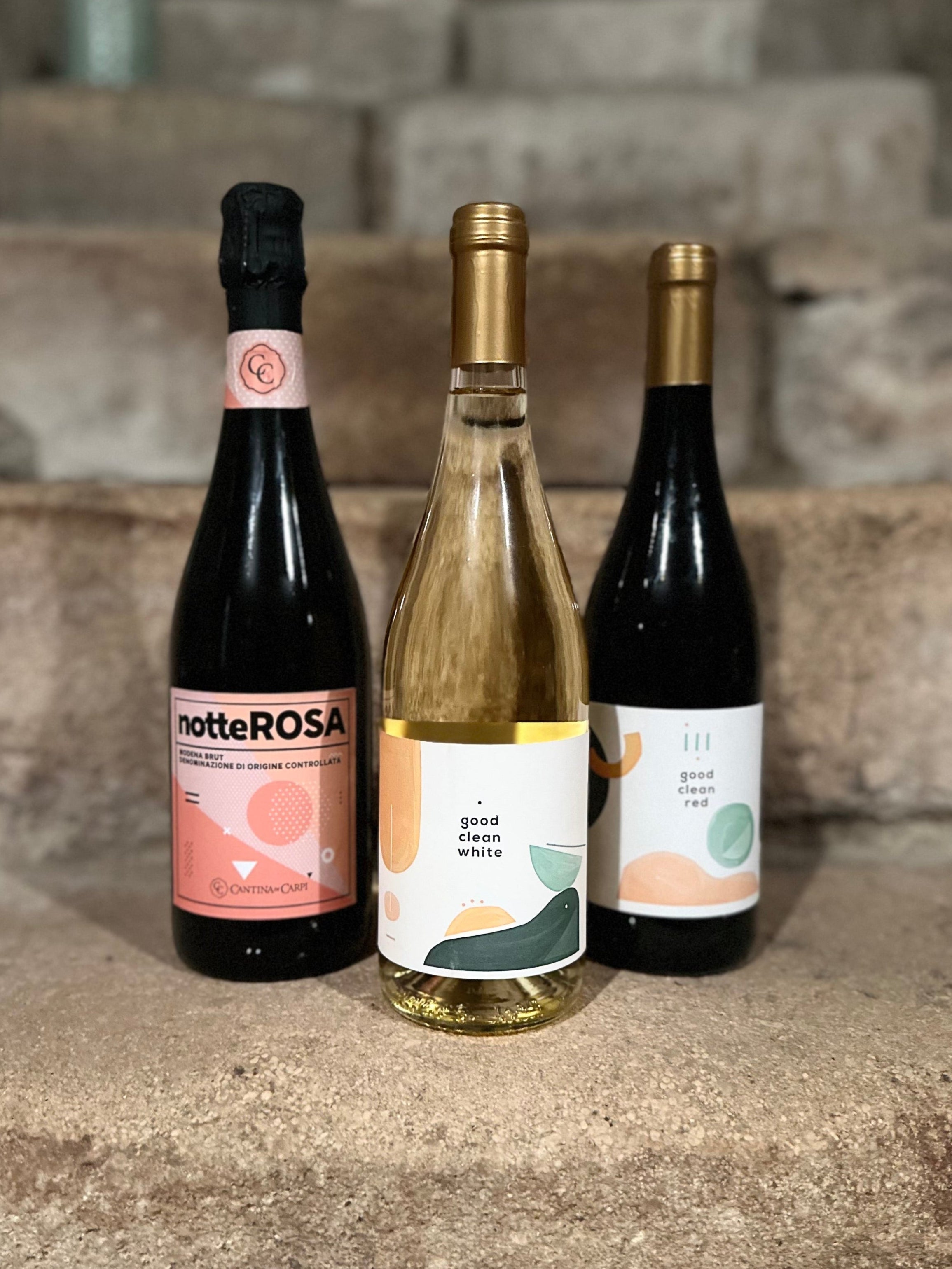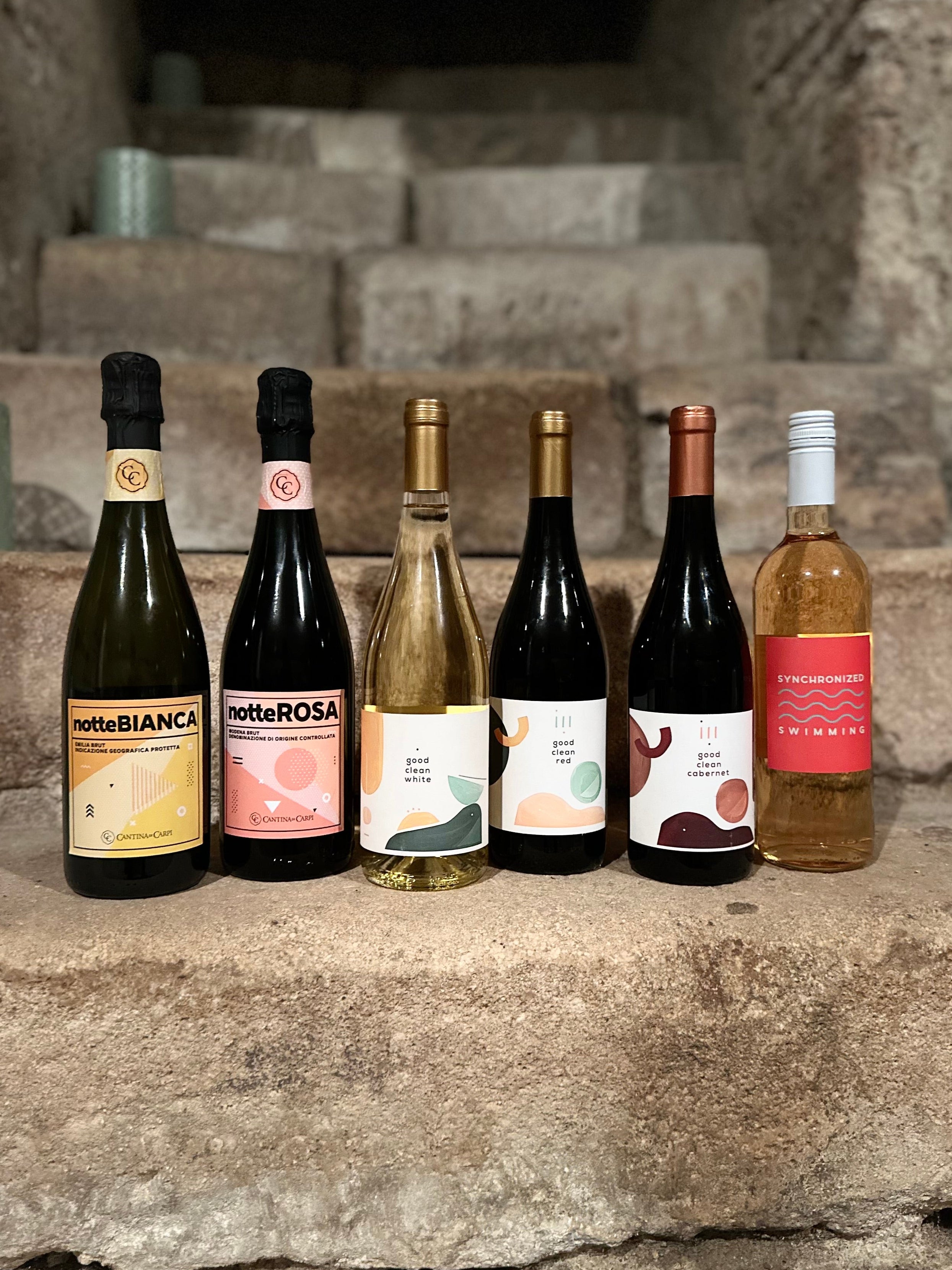
Good Clean Wine is made with spontaneous yeast fermentation, allowing the vineyard's natural yeast strains to orchestrate the fermentation process. No commercial interventions, just the pure dance of ambient yeast on grape skins and in the winery air, crafting wines as unique as the terroir itself.
Using wild-caught yeast is one unique way our wine is additive-free—we do not use specific commercial or cultured yeast strains, often added to grape must to control fermentation.
Here's how it works:
Yeast in the Vineyard: Wild yeast is naturally present on grape skins. As grapes are harvested, they introduce these wild yeast strains into the winery.
Natural Fermentation: Instead of adding specific commercial yeast, winemakers allow natural or wild yeast to initiate the fermentation process. This can result in a slower and less predictable fermentation compared to using cultured yeast.
Influence of Terroir: The use of wild yeast is often associated with expressing the terroir of the vineyard. The unique microbial environment in a specific vineyard can impart distinctive flavors and characteristics to the wine.
Spontaneity: Wild yeast fermentation is considered more spontaneous and can introduce a level of unpredictability to the winemaking process. The fermentation may take longer, and the outcome can be influenced by factors such as temperature, grape variety, and the specific mix of wild yeast strains present.
Risk of Stuck Fermentation: One challenge with wild yeast fermentation is the potential for stuck fermentation, where the process halts before all sugars are converted into alcohol. This can be managed through careful winemaking practices and monitoring.
Our winemakers embrace wild yeast fermentation in pursuit of unique and complex flavor profiles that reflect the natural characteristics of the grapes and the vineyard environment.
Good Clean Wine is for every moment, every occasion. Delicious, fresh, and sustainably grown and produced in Italy in small batches—it's wine you can feel good about drinking.




